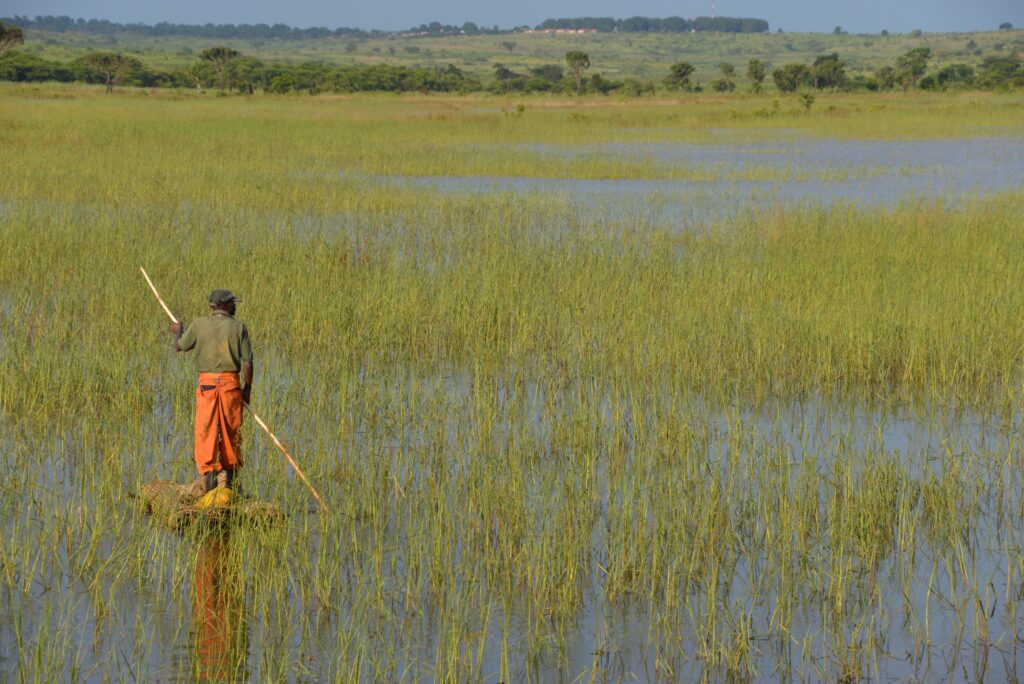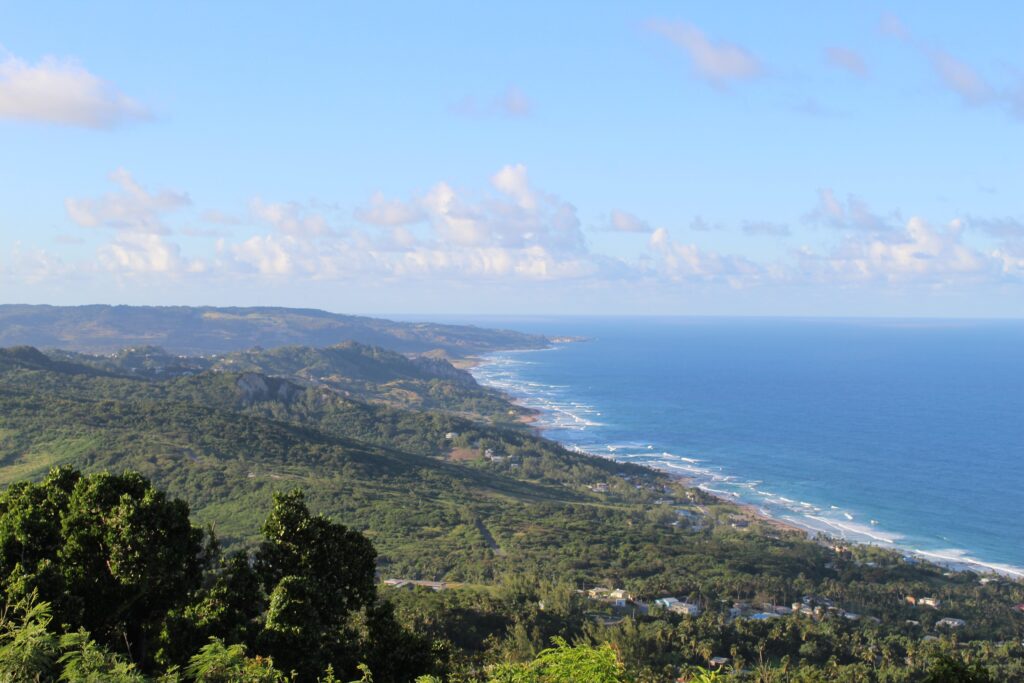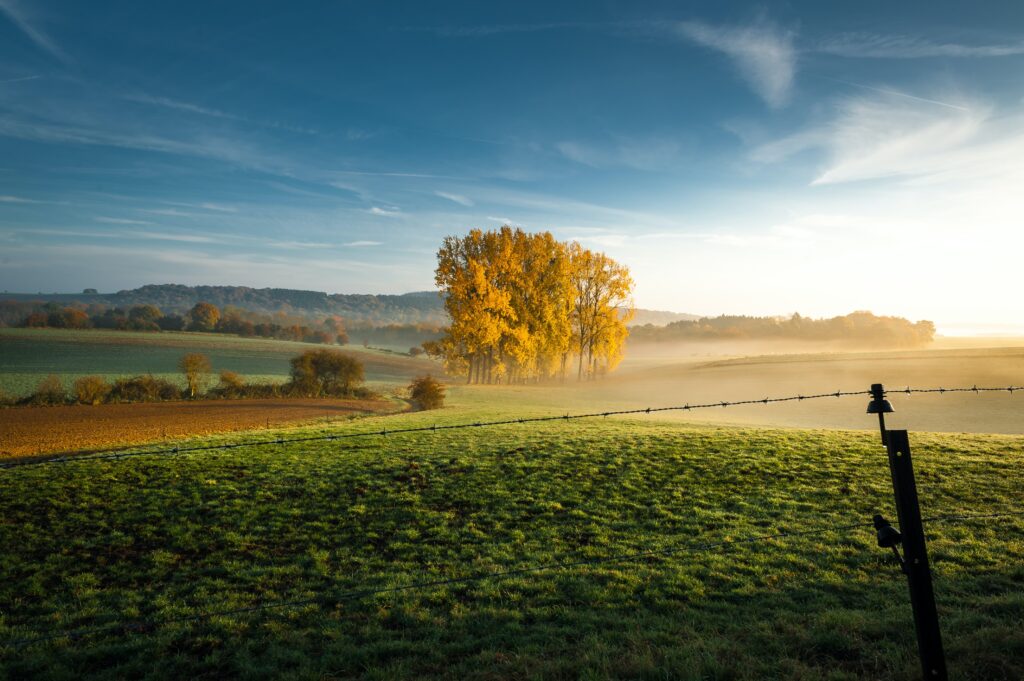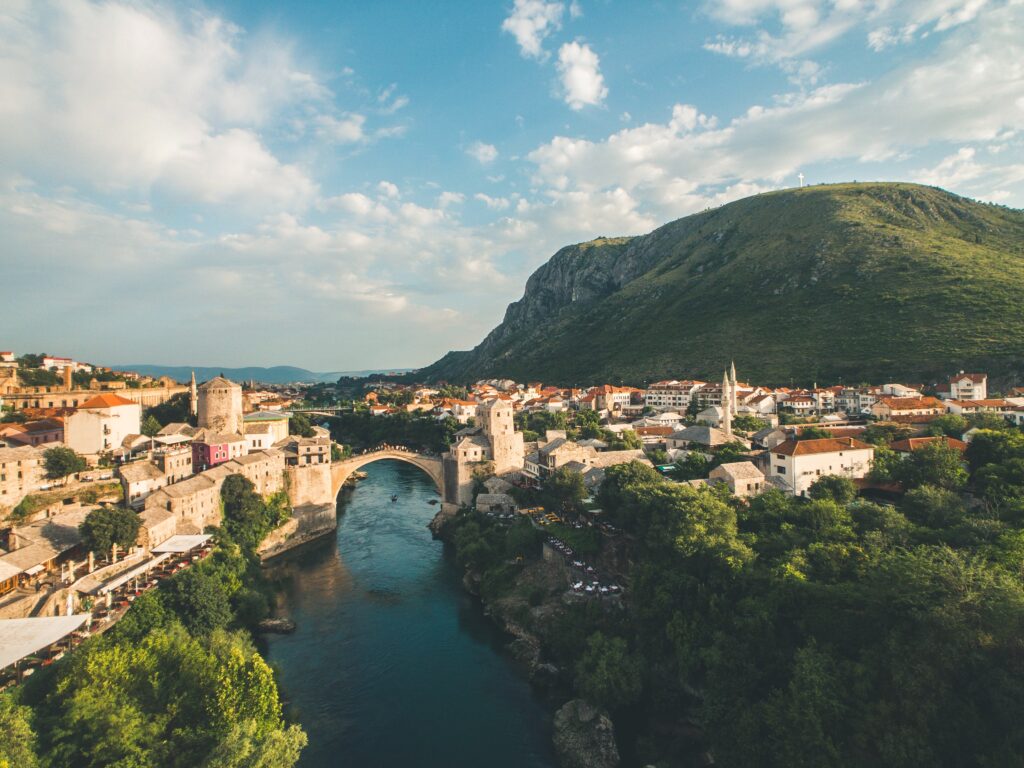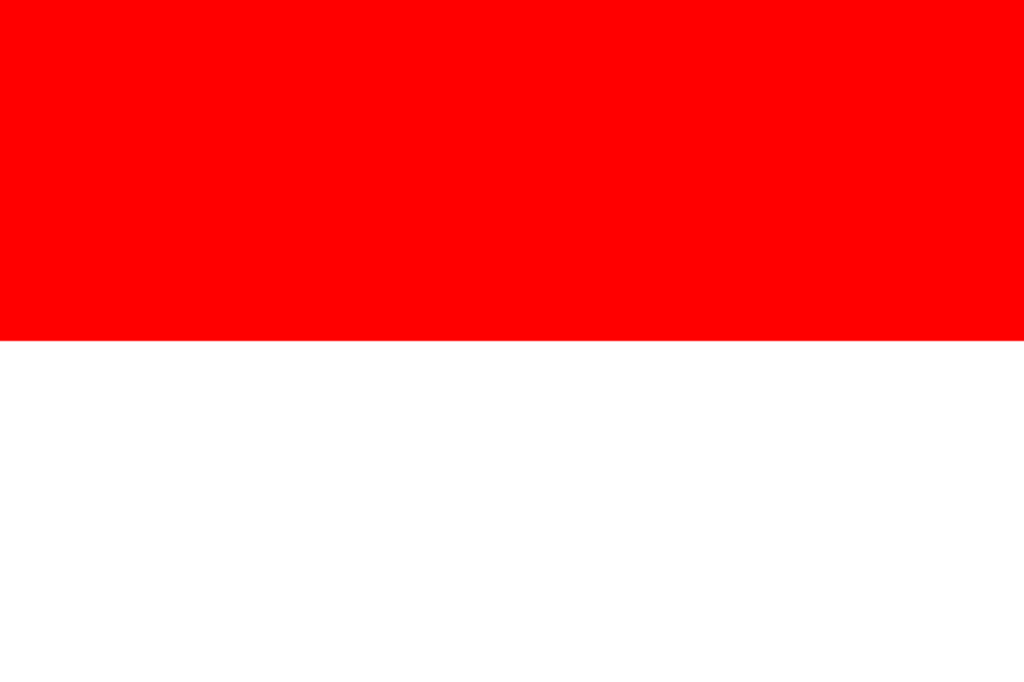

Indonesia
- Home
- Which-Half?
- National Report Cards
- Indonesia
SPI: 43.22
Species Protection Index Average: 42
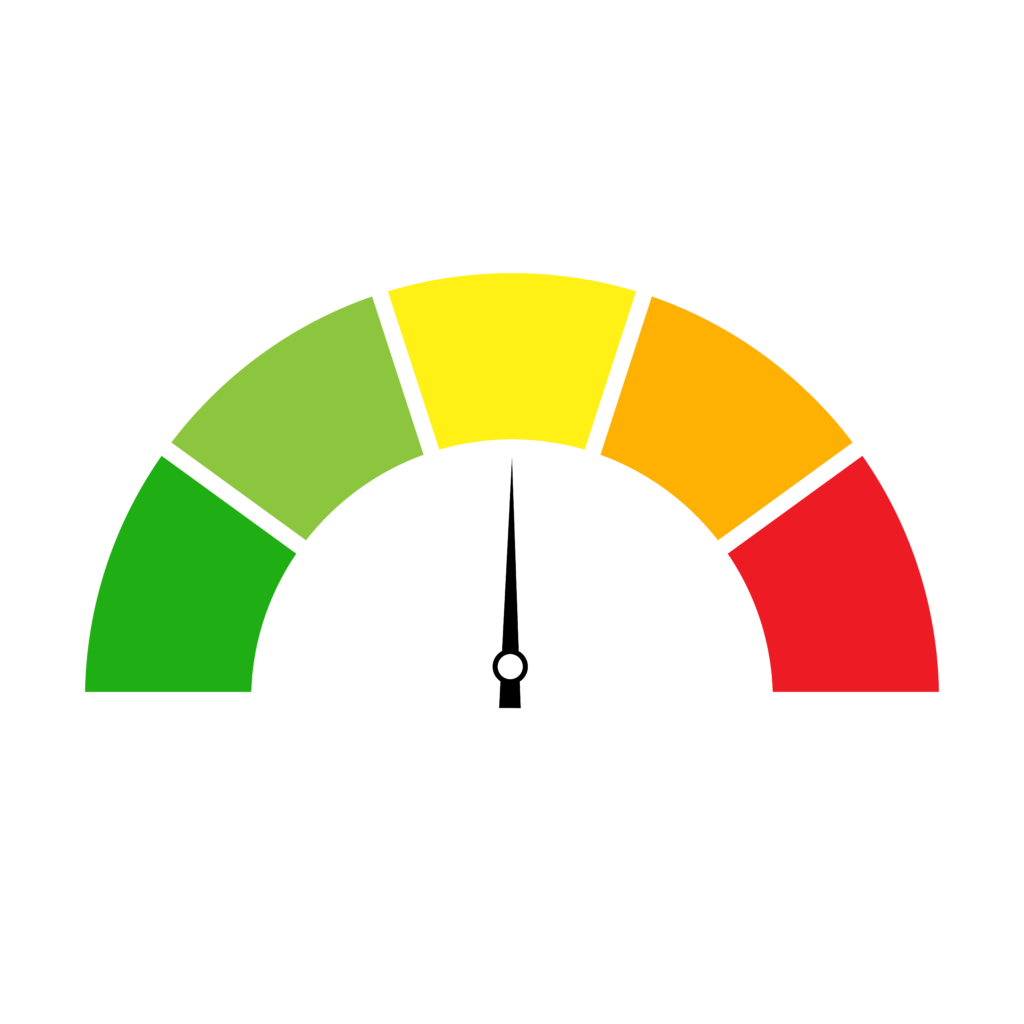

National Report Card: Indonesia
Indonesia is a volcanic archipelago, with more than 13,000 islands (900+ inhabited) located at the Equator between the Indian and Pacific Oceans. Most islands are lowland terrain, with mountains on some of the larger islands. Indonesia is one of the planet’s most heavily forested regions, second only to the Amazon in South America. Most of the country is used for human activities, in its majority by rainfed agriculture.
Indonesia has high biodiversity rarity of terrestrial land vertebrates at a global scale. When analysed as single taxons, the rarity of amphibians, birds, mammals and reptiles is also high. The rarity of marine fish and mammals is also high. Challenges to biodiversity include large-scale deforestation; overfishing; rapid urbanization; air pollution from vehicle emissions and wildfire; unreliable water and wastewater services; and water pollution.
13%
of land currently protected
3306
total land vertebrate species
1004
endemic land vertebrate species
Species of significant conservation interest
Javan Rhino
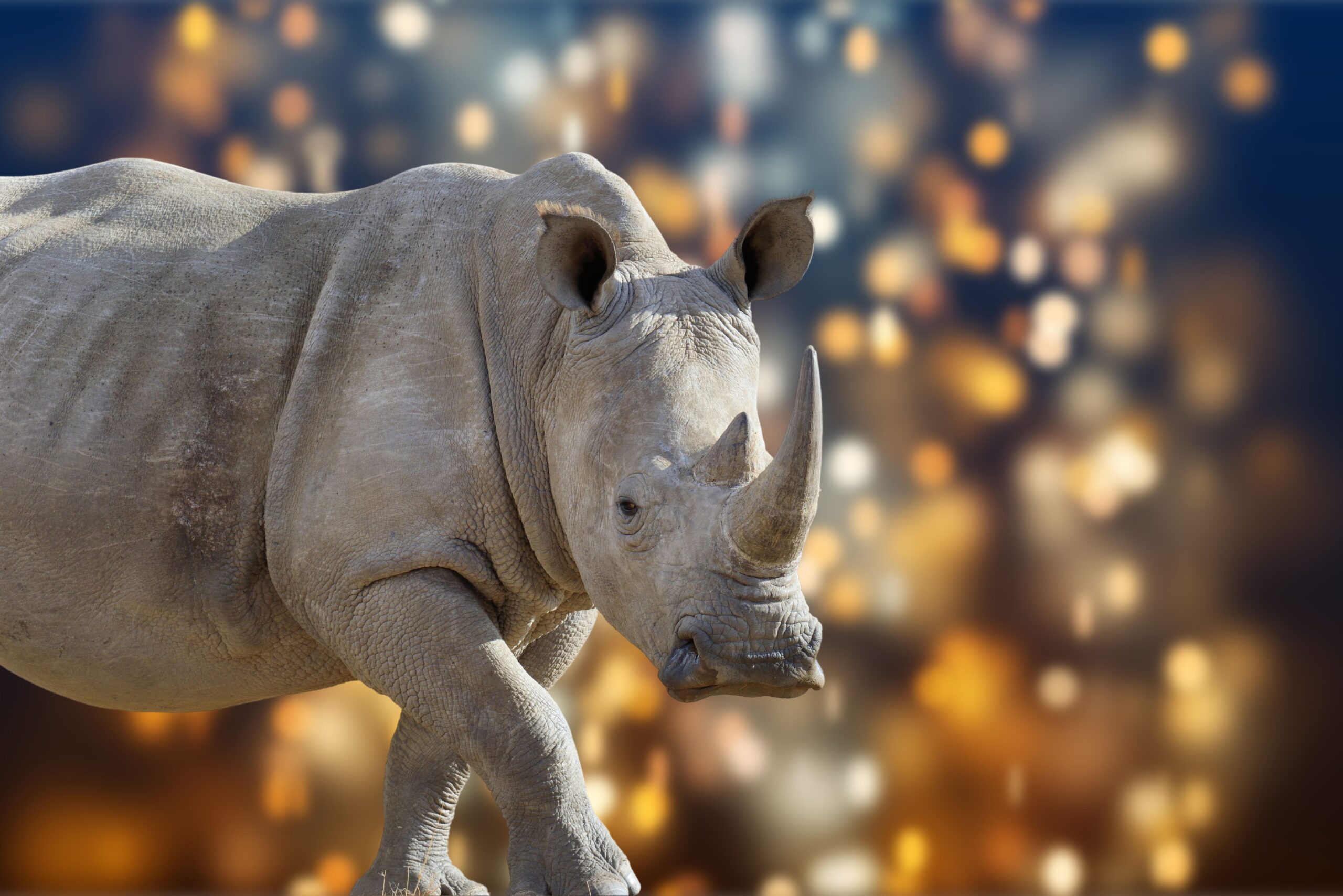

404
amphibians / 204 endemic
1439
birds / 186 endemic
734
mammals / 303 endemic
729
reptiles / 311 endemic
Information on this page was sourced from the CIA World Factbook and the Half-Earth Project Map.

